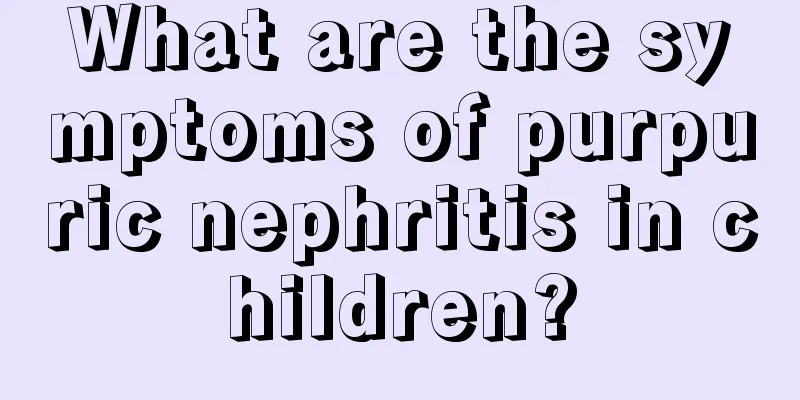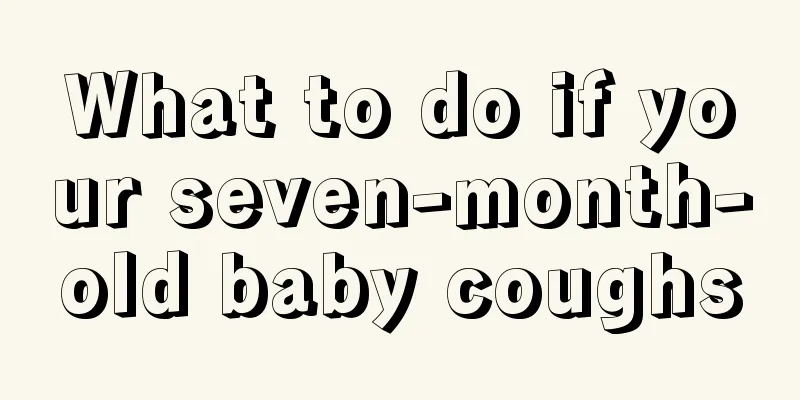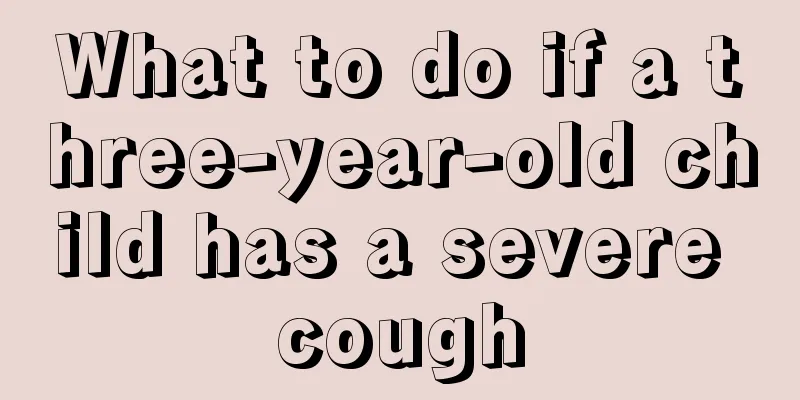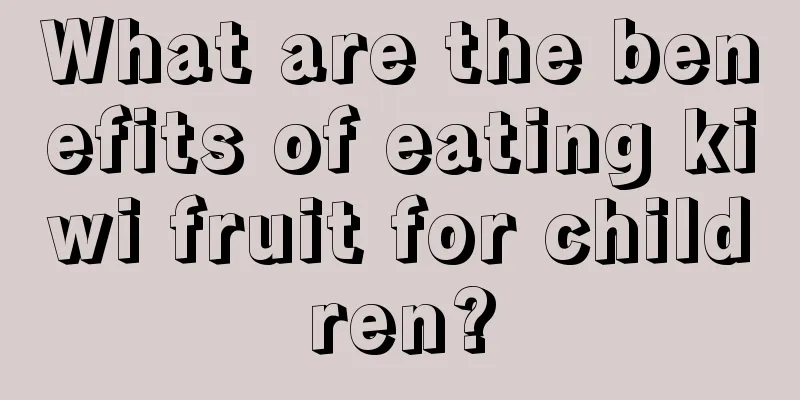What are the symptoms of purpuric nephritis in children?

|
Nephritis is harmful to our body. At the same time, the frequent incidence of nephritis is not limited to middle-aged people. Some children may also induce such a disease. What we need to do is to pay close attention to the health of children and go to the hospital for regular check-ups. This is very good. If there is such a disease, what we need to do is to treat it well. Henoch-Schonlein purpura is one of the most common vasculitis in children. It is an allergic disease with small vessel inflammation as the main lesion. The main features are skin purpura, normal platelets, often accompanied by joint swelling and pain, abdominal pain, bloody stools, and kidney involvement. The disease is more common in winter and spring. Purpuric nephritis refers to allergic purpura involving the kidneys. 1. Clinical classification Referring to the draft developed by the Nephrology Group of the Pediatric Branch of the Chinese Medical Association at the Zhuhai Conference in 2000, combined with the clinical characteristics of children with purpuric nephritis, children with purpuric nephritis were initially divided into 6 types: (1) Normal urine test: No abnormality was found in multiple urine routine tests; (2) Isolated hematuria or proteinuria Hematuria criteria: Macroscopic hematuria or microscopic hematuria RBC (red blood cells) > 5/HP; proteinuria: urine protein positive but 24-hour quantitative daily < 50 mg/kg (clinically presents as hematuria or proteinuria alone); (3) The criteria for hematuria and proteinuria are the same as above, mainly referring to the child with mixed proteinuria and hematuria as the main clinical feature; (4) Acute nephritis type with 2 of the 3 symptoms of hematuria, hypertension, and azotemia; (5) Nephrotic syndrome type 24h urine protein>50mg/kg, with or without hypoproteinemia and hyperlipidemia; (6) Acute nephritis with massive proteinuria (24h urine protein>50mg/kg), and 2 of the 3 symptoms of hematuria, hypertension, and azotemia. 2. Pathological grading After renal biopsy and light microscopy, pediatric purpuric nephritis is divided into 6 grades: (1) Grade I minimal change disease; (2) grade II simple mesangial proliferation; (3) Grade III mesangial proliferation with <25% crescent formation and/or glomerular sclerosis (a focal; b diffuse); (4) Grade IV mesangial proliferation with 25% to 50% crescent formation or glomerular sclerosis (a focal; b chronic); (5) Grade V mesangial proliferation with <75% crescent formation or glomerular sclerosis; (6) Grade VI mesangial proliferation with >75% crescent formation or glomerular sclerosis, or membranoproliferative glomerulonephritis changes. 3. Immunopathological classification Through immunoenzyme/fluorescence examination of renal biopsy specimens, childhood purpuric nephritis can be divided into four types according to the different immune complexes deposited in the glomeruli. The above are three different types of purpuric nephritis in children. These three types are not isolated but interrelated. That is, the damaged renal tissue of children with purpuric nephritis undergoes pathological changes: mesangial damage, crescents, and glomerular sclerosis. These lesions in the kidneys cause clinical symptoms in children such as hematuria, proteinuria, hypertension, etc. The above are the issues about pediatric purpuric nephritis. I hope it will be helpful to everyone. In many cases, the occurrence of many diseases is not due to poor treatment, but to untimely detection. This will cause many major diseases. What we need to do is to pay attention to the healthy life of our children. Only in this way will it be better for their health. |
<<: What to do if your baby is having a reversed day and night cycle
>>: What are the symptoms of bronchitis in a 10-month-old baby?
Recommend
What can a thin child eat to gain weight?
Now people's living standards are getting bet...
How to do facial pain scoring in children?
The face is rich in sensory cells, which are conn...
Baby's vaccinations delayed for 7 months
Babies need to receive different types of vaccine...
At what age should babies get the chickenpox vaccine
When children reach a certain age, they need to b...
Baby's leg lines are asymmetrical
Children will always encounter many problems in t...
What's wrong with a 5-year-old child having white spots on his face?
Vitiligo is a skin disease that mainly occurs in ...
What to do if your one-year-old baby has thrush
If a one-year-old baby has thrush, you should pay...
Reasons for frequent feeding of babies
Many parents are taking care of their children fo...
What to do if your child has sore mouth corners
It is common for children to have sores at the co...
Symptoms of calcium deficiency in one-year-old babies_Symptoms of calcium deficiency in one-year-old babies
Babies who are calcium deficient generally grow s...
Baby often sticks out tongue
It is cute when a baby sticks out his tongue ofte...
What causes red and swollen eyes in children?
Red and swollen eyes are a common symptom in chil...
What to do if children have chapped lips
Autumn is windy and winter is dry, which can easi...
What are the main causes of night sweats in children?
Some children are born with poor development. The...
Treatment of urinary incontinence in children
Urinary incontinence in children brings great pai...









